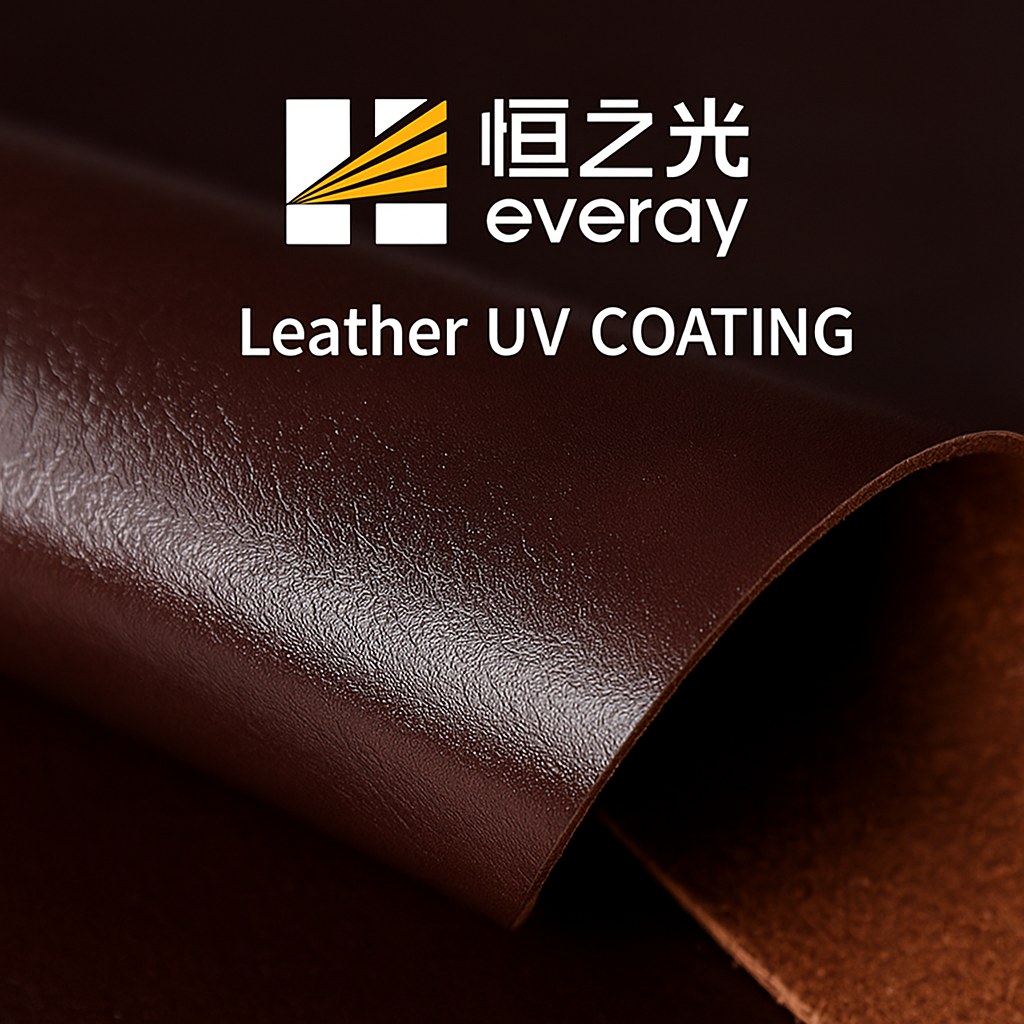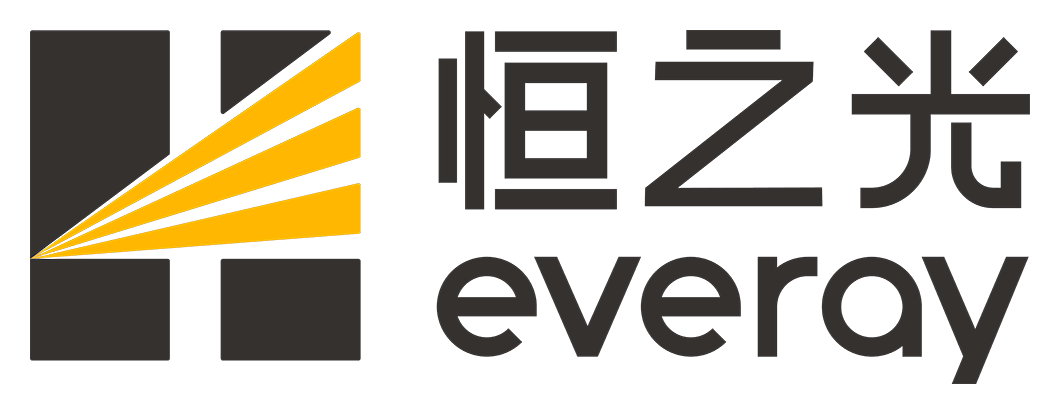UV Resin on Textile fabric / leather UV coating
Release time:
2025-07-29
Applying UV coating on textile and leather surfaces can enhance performance and aesthetics, but it also comes with some trade-offs. Here's a breakdown of the advantages and disadvantages for each:

UV Resin on Textile fabric / leather UV coating
From Guangdong Ever Ray Environmental Material Co,.Ltd
Applying UV coating on textile and leather surfaces can enhance performance and aesthetics, but it also comes with some trade-offs. Here's a breakdown of the advantages and disadvantages for each:
Advantages:
1:Fast Curing: UV curing is almost instantaneous, improving production efficiency.
2:Improved Surface Properties:
Increases abrasion resistance, scratch resistance, and chemical resistance.
Enhances gloss, smoothness, and color vibrancy.
3:Low VOC: Eco-friendly with minimal volatile organic compound emissions.
4:Customizability: Formulations can be tailored for flexibility, gloss, or matte effects.
5: Anti-soiling: Improved cleanability, especially for upholstery or outdoor fabrics.
Disadvantages:
1:Limited Flexibility:
UV coatings can become brittle or crack on highly flexible fabrics.
2:Substrate Compatibility:
Poor adhesion on some synthetic fibers (e.g., polyester, nylon) without special pretreatments (e.g., corona, plasma).
3:Cost: UV coatings and curing equipment can be more expensive than conventional systems.
4: Yellowing Risk: Some UV systems may yellow under prolonged UV exposure.
UV Coating on Leather (Natural or Synthetic)
Advantages:
1: Durability: Excellent resistance to scratches, scuffs, solvents, and water.
2: Appearance: Achieves high-gloss, matte, or semi-gloss finishes for premium looks.
3:Protection: Shields leather from UV aging, discoloration, and surface wear.
4:Low Environmental Impact: Solvent-free or low-VOC options are available.
5:Easy Maintenance: Surfaces become easier to wipe clean.
Disadvantages:
1: Stiffness:
Can reduce the natural softness or flexibility of leather.
May cause cracking during bending if the formulation isn't flexible enough.
2:Adhesion Challenges:
Leather is a complex substrate; adhesion may require special primers or surface treatments.
3: Cost and Process Complexity:
Higher material and equipment cost compared to traditional PU or acrylic topcoats.
4: Over-curing Risk:
If not well controlled, UV curing may lead to over-hardening or uneven surface finish.
In the ever-evolving world of performance coatings, selecting the right UV resin system is critical to ensuring durability, flexibility, and eco-friendliness — especially in leather and textile applications.
At Ever Ray, we specialize in the manufacturing and development of UV resin oligomers, including high-performance UV acrylates tailored for :
LEATHER COATING RESINS
Designed for both genuine and synthetic leather, offering outstanding scratch resistance, solvent resistance, and soft-touch finishes — without sacrificing flexibility.
TEXTILE COATING RESINS
Suitable for synthetic fabrics and nonwovens, delivering excellent adhesion, anti-soiling, and abrasion resistance — ideal for fashion, upholstery, and technical textiles.
Social media
Friendship link
Contact informations
Address
Company headquarters: 12th floor, office building b, aoyuan plaza, fengle road, pengjiang district, jiangmen city, guangdong province
Jiangmen factory area: Meidachong nanyang wai industrial zone, muzhou town, xinhui district, jiangmen city, guangdong province
Yunfu factory area: Dawan town dawan industrial park, yunan county, yunfu city, guangdong province
SEO Label | Powered by:www.300.cn Jiangmen


